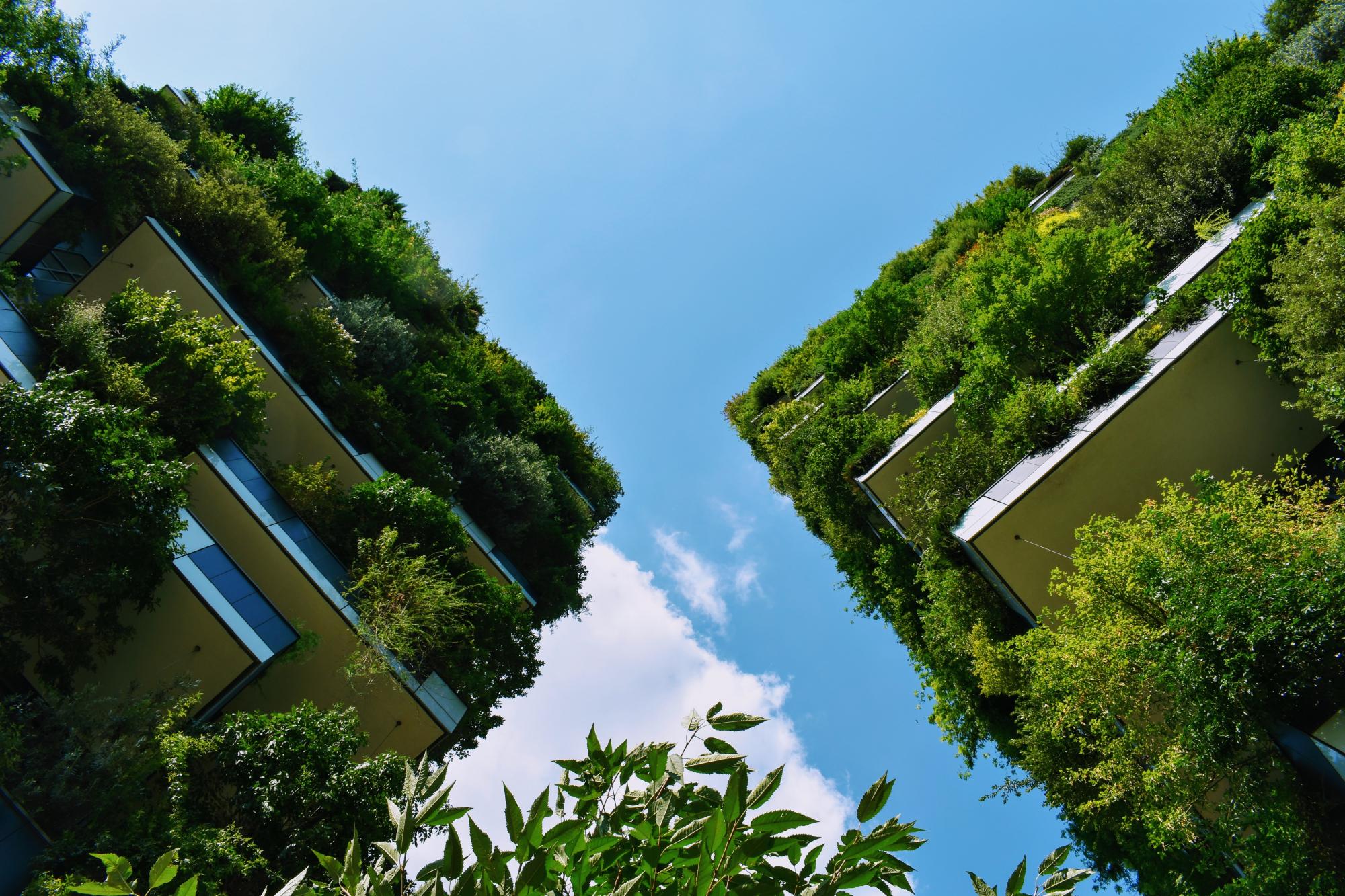In order to promote Urban and Periurban Agriculture and Forestry (UPAF) as a municipal strategy to deal with negative climate change effects, Bobo-Dioulasso local authorities have identified, using a participatory approach, city greenways as experimentation sites for local climate solutions. The intervention consists in transforming vacant land belonging to the city into green corridors (greenways) through market gardens and forestry, retaining the benefits of urban agriculture. Urban agriculture, when planned and managed properly, can contribute to climate change mitigation efforts by lowering the ecological footprint associated with food production. At the same time, urban agriculture can enhance climate change adaptation efforts by increasing vegetation cover and reducing surface water run-off, while at the same time conserving biodiversity. (1,2,3,4)
Overview
Nature-based solution
- Community gardens and allotments
- Allotments
- Horticulture
- Parks and urban forests
- Green corridors and green belts
Key challenges
- Climate action for adaptation, resilience and mitigation (SDG 13)
- Climate change adaptation
- Environmental quality
- Soil quality improvement
- Air quality improvement
- Green space, habitats and biodiversity (SDG 15)
- Habitat and biodiversity restoration
- Green space creation and/or management
- Economic development and employment (SDG 8)
- Economic development: agriculture
- Employment/job creation
- Sustainable consumption and production (SDG 12)
- Sustainable consumption
- Sustainable production
Focus
Project objectives
Implementation activities
Climate-focused activities
Climate change adaptation:
- Increase or improve urban vegetation cover to help reduce outdoor temperature
- Create or improve outdoor spaces to help people escape from urban heat
Biodiversity conservation or restoration-focused activities
Biodiversity restoration:
- Restore species (native, endangered, or unspecified)
- Public engagement
Main beneficiaries
- Local government/Municipality
- Citizens or community groups
- Food producers and cultivators (i.e. farmers, gardeners)
Governance
Management set-up
- Co-governance with government and non-government actors
Type of initiating organisation
- Local government/municipality
- Non-government organisation/civil society
- Citizens or community group
- Multilateral organisation
Participatory approaches/ community involvement
- Dissemination of information and education
- Consultation (e.g. workshop, surveys, community meetings, town halls)
- Joint implementation (e.g. tree planting)
Details on the roles of the organisations involved in the project
Project implemented in response to ...
Financing
Total cost
Source(s) of funding
- Multilateral funds/international funding
Type of funding
- Direct funding (grants, subsidies, or self-financed projects by private entities)
Non-financial contribution
- Provision of land
- Provision of labour
- Provision of expertise
- Exchange of services
- Public authorities (e.g. land, utility services)
- Citizens (e.g. volunteering)
Impacts and Monitoring
Environmental impacts
- Climate change
- Lowered local temperature
- Enhanced carbon sequestration
- Water management and blue areas
- Increased protection against flooding
- Green space and habitat
- Increased green space area
- Increased number of species present
Economic impacts
- Increase in agricultural production (for profit or not)
- Generation of income from NBS
Socio-cultural impacts
- Social justice and cohesion
- Fair distribution of social, environmental and economic benefits of the NBS project
- Increased access to healthy/affordable food
Type of reported impacts
Presence of formal monitoring system
Presence of indicators used in reporting
Presence of monitoring/ evaluation reports
Availability of a web-based monitoring tool
References
2. “MULTIFUNCTIONAL and PRODUCTIVE USE of the GREENWAYS in the CITY of BOBO-DIOULASSO | Urban Agenda Source link n.d. Source link. Accessed April 23, 2022. Source link.
3. Urban Agriculture Magazine no. 27 – Climate change and disaster risk reduction |. (n.d.). Source link. Retrieved April 23, 2022, from Source link
4. URBAN PLANNING AND DESIGN AT UN-HABITAT. (n.d.). Retrieved April 23, 2022, from Source link
5. Di Leo, N., Escobedo, F.J. & Dubbeling, M. The role of urban green infrastructure in mitigating land surface temperature in Bobo-Dioulasso, Burkina Faso. Environ Dev Sustain 18, 373–392 (2016). Source link


